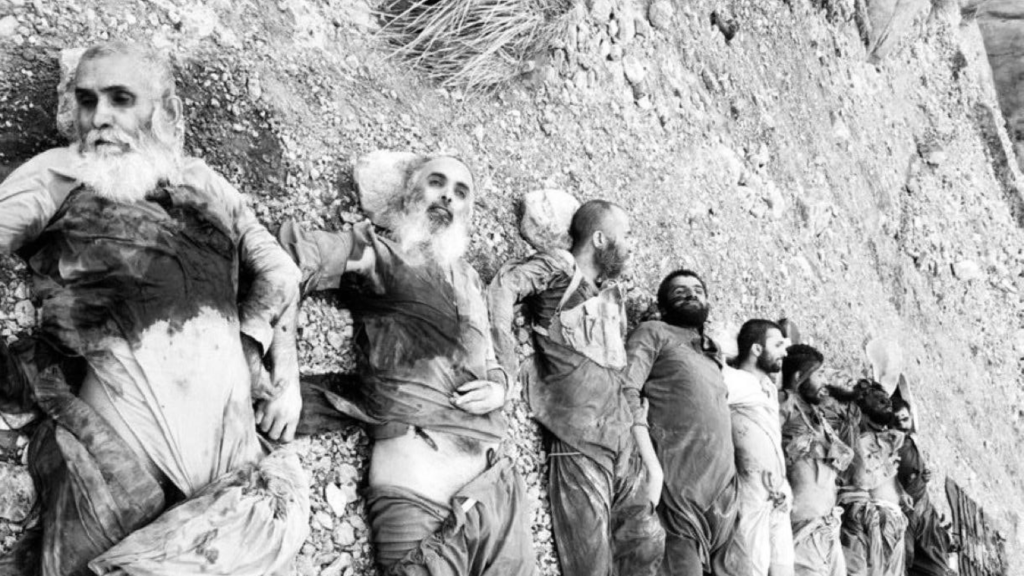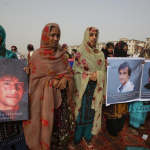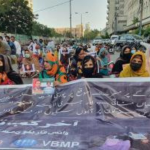Forces killed 11 people in a fake encounter, seven of them identified as disappeared persons, four yet to be identified.
The systemic practice of extrajudicial killing amounts crimes against humanity and a serious violation of the International Human Rights Law. But the paramilitary forces in Pakistan have continuously undermined the International Human Rights Law and have committed atrocities throughout Balochistan, killing thousands of unarmed civilians in Balochistan in the pretext of national security.
Systematic killings of civilians can be traced back to the day when people rose against the injustices and started demanding their basic rights. To suppress these masses, the state forces took extremely harsh and violent steps which caused the emergence of pro-independence political and armed groups, and the start of a new bloody war between the state and the separatists. During these two decades of war, the paramilitary forces of Pakistan and its intelligence agencies adopted “enforced disappearances” and “extrajudicial killings” as a crucial tool to suppress the separatist movement and other dissident voices including human rights defenders, lawyer and journalists which resulted in the involuntary disappearance and systematic execution of thousands of innocent civilians.
The unannounced media blackout in the province helped the forces to easily get away with the above-mentioned crimes against humanity. The impunity which forces enjoy has encouraged them to commit more crimes without fear of ever being held accountable. In recent years, the crimes—committed by the state authorities have been intensified.
Whenever a clash between the two parties has inflicted casualties on the forces, they have either killed civilians during military operations in the nearby residential areas, or have eliminated the missing persons in staged encounters.
From 2012 onwards, these killings are most often carried out by the Pakistan army and police’s counter-terrorism department (CTD). In most of the cases, the CTD additionally frames the previously disappeared persons in fake charges, displaying them with arms and explosives. Last year, Police CTD claimed to killed 47 terrorists in encounters. Human Rights Council of Balochistan investigated the cases and identified 21 out of 47 victims. We concluded that all of 21 persons who were identified were registered victims of enforced disappearances and had been in the custody of army for months and in some cases years. Despite several request made from HRCB and families of victims of enforced disappearances for the identification of the rest of the bodies, no steps were taken from the government. The bodies were later buried without identification.
In a recent incident, on 12 July, a lieutenant colonel of the Pakistan Army, Laiq Mirza Baig was kidnapped by Baloch Liberation Army, a militant group from Ziarat area of Balochistan. Two days later, on 14 July, the group claimed responsibility for killing him. In retaliation, the Pakistan army swiftly initiated a large-scale military operation in the area, involving SSG commandos, gunship helicopters, and surveillance drones. The forces claimed to have killed eleven terrorists, involved in Colonel Baig’s murder. The responsible group quickly denied Army’s claim, stating “no fighters of the BLA have been killed”.
No steps were taken by the authorities to provide further details about the identification of the killed persons. On the contrary, Balochistan government repeated the forces misleading narrative that the killed people were terrorist and had been killed during a search operation. With the help of families and Voice For Baloch Missing Persons- VBMP, the representative organization of families of victims of enforced disappearances, seven out of the eleven bodies were identified and turned out that all seven were enforced disappeared persons and were already in the custody of forces for months and years.
Some of the victims’ families had been protesting and campaigning for their safe release. The victims of fake encounter were identified as Shams Satakzai, Salim Karim Bakhsh, Dr. Mukhtiar, Engineer Zaheer Bangulzai, Shahzad Khuda Bakhsh, Shah Bakhsh Marri, and Jumma Khan son of Qaisar Marri.
The families took the street and protested in front of Chief Minister and Governor house in Quetta against the killing of enforced disappeared persons in fake encounters. The police on the other hand charged baton and fired tear gas on the protestors, injuring several women and children. For the last 5 days, the families are sitting in front of CM and Governor house day and night and demanding to form a judiciary commission and investigate into the extrajudicial killings of detainees in fake encounter.
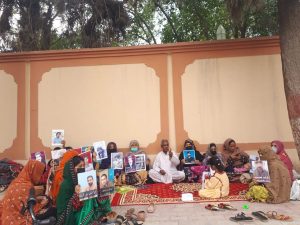
The details of victims of Ziarat massacre are as follow:
Shams Satakzai: 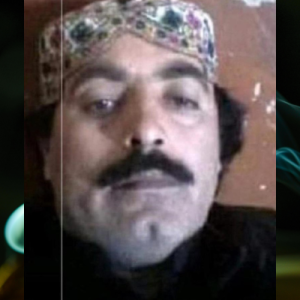
The first body was identified as Shams Satakzai. He was forcibly disappeared by the security forces in 2017. He remained disappeared for five years without any trace of his life until his dead body was dumped. He was forcibly disappeared twice in the past and was released after subjecting him to inhuman torture.
Shehzad Khuda Bakhsh: 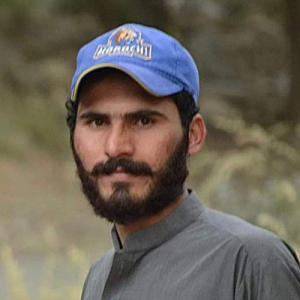
The second victim was identified as Shehzad son of Khuda Bakhsh. He was a resident of Kalat, who was abducted along with two others from Musa colony of Quetta, during a military raid on June 04, 2022. Shahzad’s family had campaigned against his enforced disappearance after his abduction. The family also filed his disappearance case with Commission on Inquiry on Enforced Disappearance. The Commission allotted him case no: CoIoED No. 8734-B and directed the concerned police station to investigate.
However, no investigation had ever been conducted. After the identification of Shahzad’s dead body, his elder brother once again did a press conference and reject all the allegations against Shahzad and demanded an impartial investigation into the matter of his brutal killing.
Salim Karim Bakhsh: 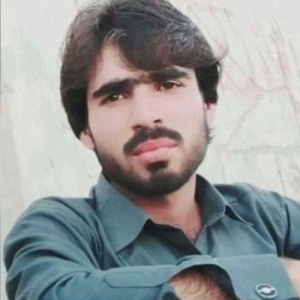
The third deceased was confirmed as Salim son of Karim Bakhsh, a student and a resident of Balgathar area of district Panjgur. He was forcibly whisked away on 17 April 2022 in front of several eyewitnesses, by the Frontier Corps when he was on his way to Quetta city. He was never charged or produced in front of court of law.
Dr. Mukhtiar: 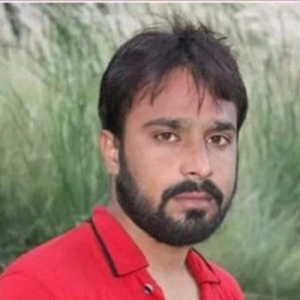
Dr. Mukhtar son of Abdul Hai, a resident of district Kalat was a brilliant physiotherapist who was forcibly disappeared along with two others on 11 June 2022, during a military raided in Musa Colony of Quetta. He was kept incommunicado since then. However, forces kept assuring his family that he would be released him after investigation.
Engineer Zaheer Bangulzai: 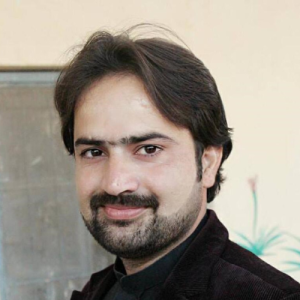
Zaheer Bangulzai was a resident of Khuzdar who was forcibly disappeared by the security forces on October 7, 2021, from his office in Smart Way properties on Airport Road, Quetta. According to his family, after his disappearance, they waited and checked with friends and relatives about his whereabouts. When failing to locate him, his brother, Basheer, registered an FIR in Zargoon Abad police station (FIR No. 368/21). Also, a court petition (C.P. No.1072/22) under article 199 of the constitution of Pakistan was filed by Zaheer’s sister, Uzma Akbar on June 27, 2022. A hearing was conducted on June 28, 2022, while the next court hearing was due on July 28, 2022.
According to his family, his body bore several signs of torture. His left arm was broken in two places, severe torture marks were evident on his skull and the skin of his wrist was peeled off because of the handcuffs.
Shah Bakhsh Marri: 
The sixth dead body was identified as Shah Bakhsh Marri, who was also identified as a victim of enforced disappearances. He was forcibly disappeared in 2013 and kept in incommunicado detention since then.
Jumma Khan Marri: 
The seventh victim was identified as Jumma Khan son of Qaisar Marri. He was detained from his home in Mia Kor area of Harnai in March 2022, and forcibly disappeared. He was also never charged or produced in front of any court of law.
The Human Rights Council of Balochistan has documented many such cases in the past too, where people have been forcibly disappeared by the law enforcement agencies and later their mutilated dead bodies have emerged with a statement labelling them as terrorists. The local remedies have remained ineffective, failed to address grievances of families and serve justice to victims. On the contrary, the remedies helped perpetrators to exploit the remedies in their favor and against victims and their families. We request the international forums to raise this issue to the concern authorities and probe into above mentioned fake encounters.
